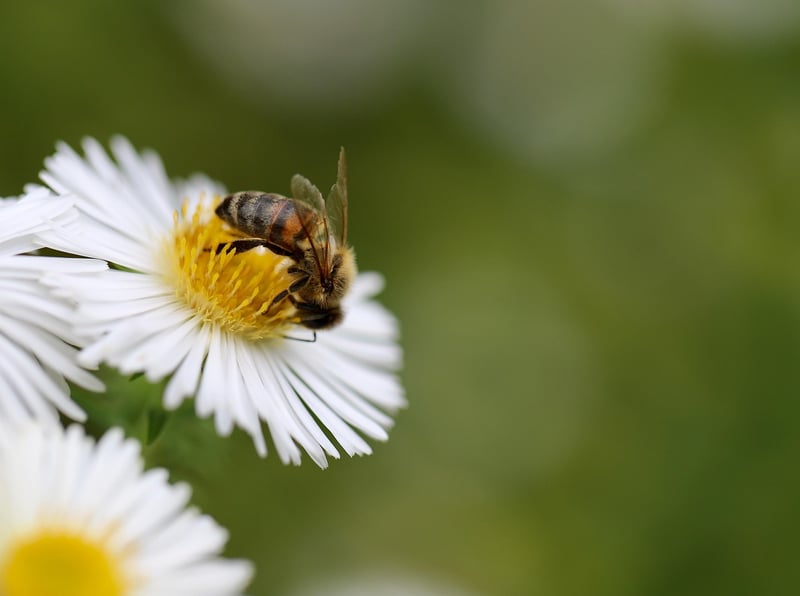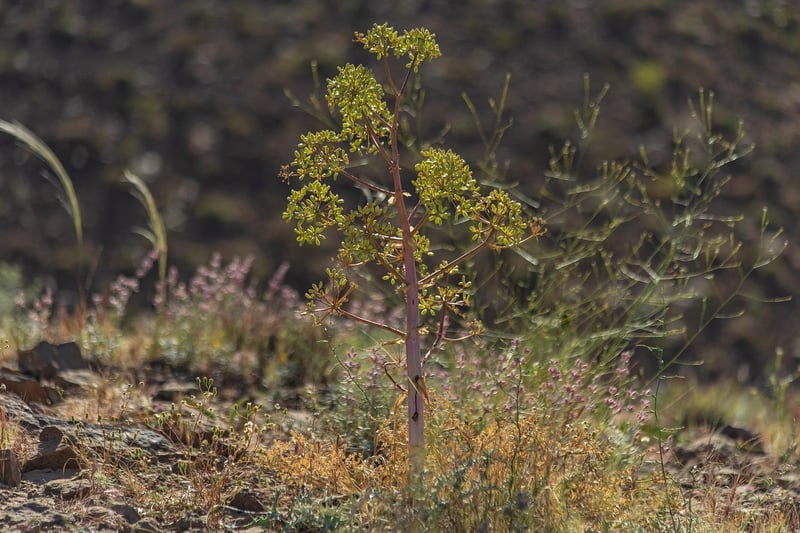Native plant species
Creating Habitats for Pollinators with Native Plant Species
Ensuring the well-being of pollinators is crucial for the environment and our food supply. By creating habitats that support these vital creatures using native plant species, we can contribute to biodiversity and ecological balance. Here's how you can help:
Why Choose Native Plant Species?
Native plant species are adapted to the local environment, making them more resilient and better suited for supporting local pollinators. They provide food, shelter, and nesting sites that are essential for the survival of bees, butterflies, birds, and other pollinating insects.
Steps to Create a Pollinator-Friendly Habitat:
- Research Native Plants: Identify native plant species that are suitable for your region and attract pollinators.
- Plan Your Garden: Design your garden to include a variety of flowering plants that bloom at different times to provide nectar throughout the seasons.
- Provide Water Sources: Include a shallow dish or birdbath with rocks for pollinators to drink safely.
- Avoid Pesticides: Opt for natural pest control methods to protect pollinators from harmful chemicals.
- Create Nesting Sites: Leave some areas of your garden undisturbed for pollinators to nest and lay eggs.
Benefits of Supporting Pollinators:
- Increased crop yields through pollination
- Preservation of biodiversity
- Enhanced beauty and diversity in your garden
- Contribution to a healthier ecosystem
Get Started Today!
By dedicating a portion of your garden to native plant species that support pollinators, you can make a positive impact on the environment. Join the effort to create thriving habitats for bees, butterflies, and other vital pollinators.
Remember, every flower counts in the journey to protect our pollinators!

For more information and plant suggestions, visit National Wildlife Federation's Native Plant Finder.
